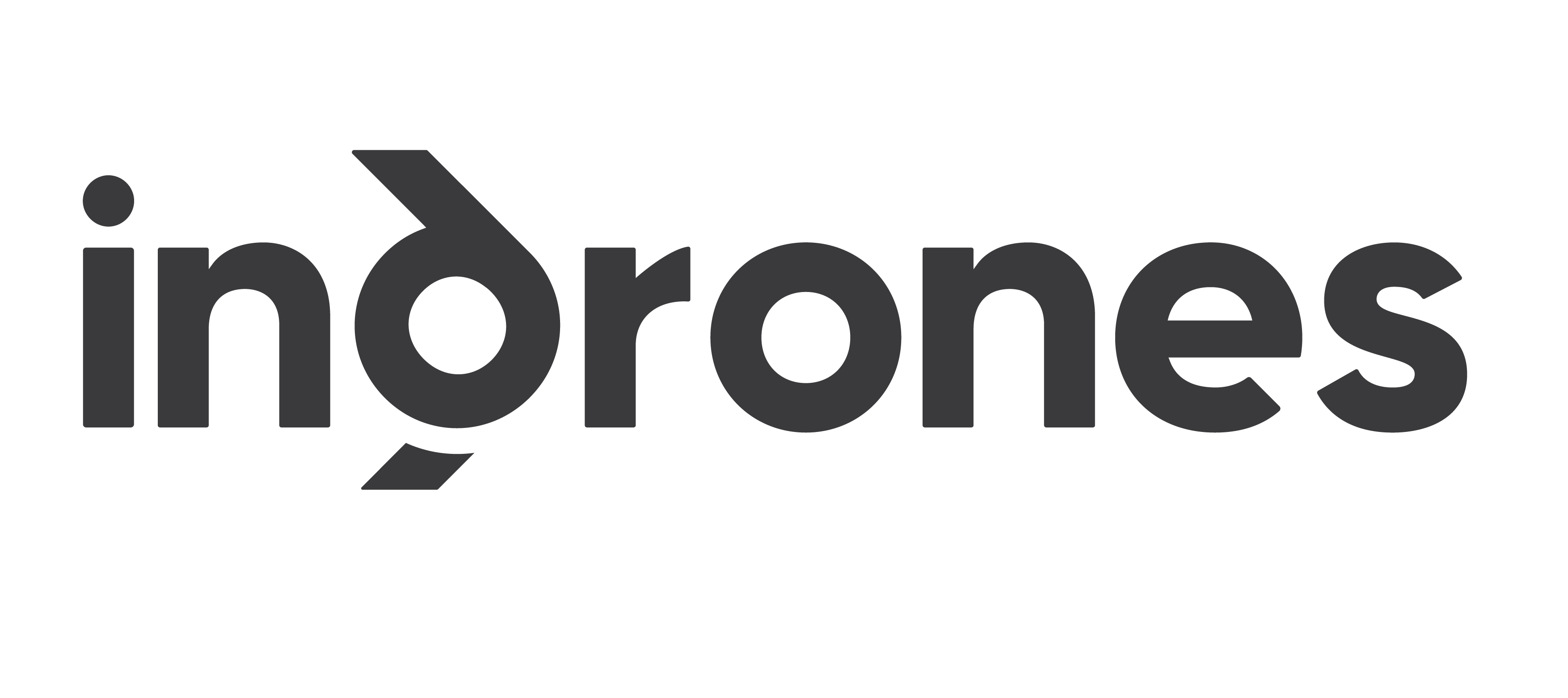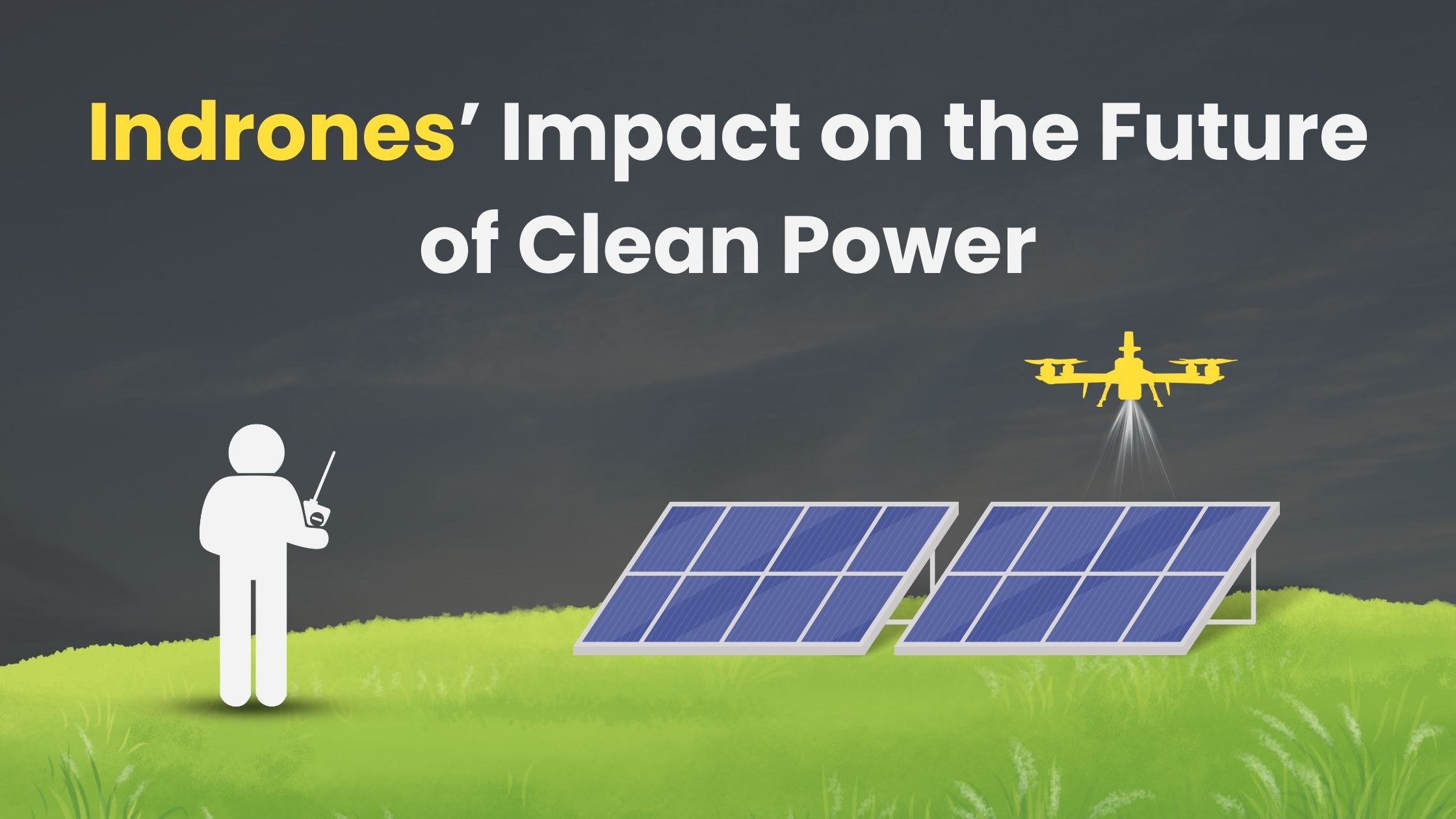Energy | February 2025
Drones Streamlining Solar Energy in India
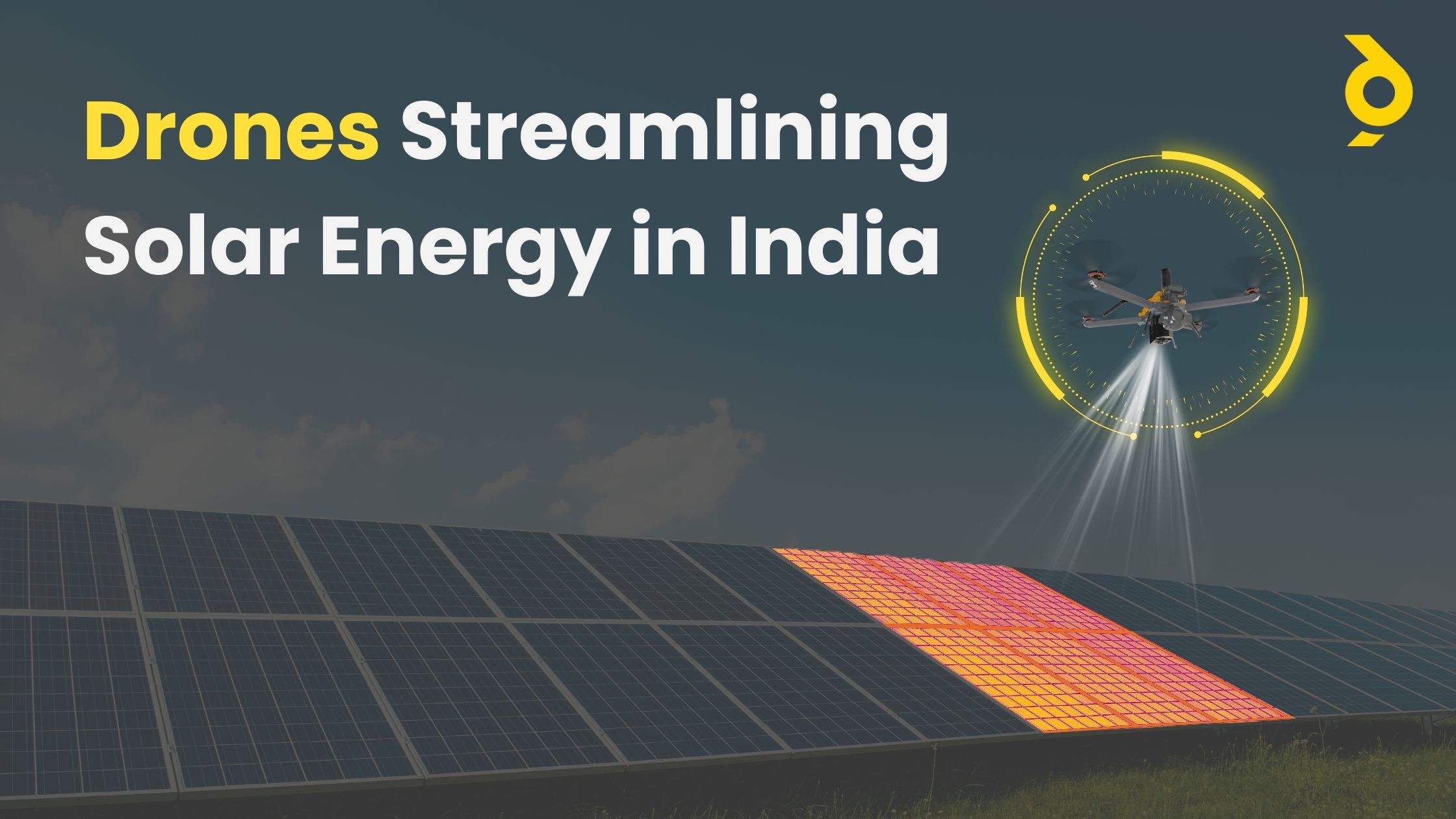
Introduction
Solar energy in India is gaining popularity in India as its adoption continues to grow over time. This observation is significant as India’s 14th National Electricity Plan (NEP14) sets ambitious solar capacity targets of 185.6 GW by the fiscal year 2026-27, and 364.6 GW by the fiscal year 2031-32.
Strategic planning and precise site assessment are essential for maximizing efficiency and profitability in the solar power industry. However, traditional ground surveys are often time-consuming and resource-intensive, leading to project delays. To address this, drone technology is Improving the process by providing faster and more accurate data collection.
Drones capture high-resolution imagery and detailed terrain data, enabling the creation of topographical maps and digital models in just days instead of weeks. This rapid, precise assessment accelerates project design cycles and also optimizes solar panel placement for maximum energy output. Thus, using drones for operations in solar energy in India is becoming a fundamental shift towards more sustainable practices.
Phase 1: Site Assessment
Drones with advanced sensors provide a faster and more efficient alternative to traditional ground surveys. By rapidly capturing high-resolution data, they enable the creation of topographical maps and digital terrain models in a fraction of the time, reducing site assessment timelines from weeks or months to just a few days.
One key advantage of drone-based surveys is their ability to conduct precise site evaluations. This allows developers to analyze factors like sunlight exposure, shading patterns, and terrain variations to optimize the placement of solar panels for maximum efficiency.
Additionally, drones minimize the need for extensive ground teams and heavy machinery, significantly lowering labor costs and reducing the assessment process's environmental footprint. The detailed imagery and data collected provide engineers with a comprehensive view of site conditions, including hydrology and shadow analysis, ensuring more accurate project planning.
Leveraging drone technology can accelerate solar project design cycles by up to 50%, while faster and more precise data collection can reduce project implementation timelines by as much as 70%. Thus, drones are an indispensable tool for streamlining solar infrastructure development in India and improving overall efficiency.
Phase 2: Panel Installation
Drones play a crucial role in enhancing the efficiency and accuracy of solar project development. By capturing high-resolution aerial images and precise measurements, they enable project managers to design optimized solar panel layouts remotely, reducing the need for extensive on-site resources.
Beyond initial planning, drones facilitate continuous monitoring of construction progress, allowing teams to identify potential issues early and make timely adjustments. This proactive approach minimizes delays and helps control project costs.
Accurate panel positioning is essential for maximizing solar energy capture, and drones streamline this process by providing precise data for optimal placement. Additionally, they assist in verifying that each installation is complete, safe, and meets quality standards. The detailed data collected ensures that the as-built conditions align with the original project plans, improving overall project accuracy and efficiency.
Phase 3: Performance and Maintenance
Drones equipped with thermal imaging cameras provide a fast and efficient way to detect “hot spots” on solar panels, indicating underperformance or potential malfunctions. This targeted approach helps maintenance teams focus on specific problem areas, reducing downtime and optimizing energy production.
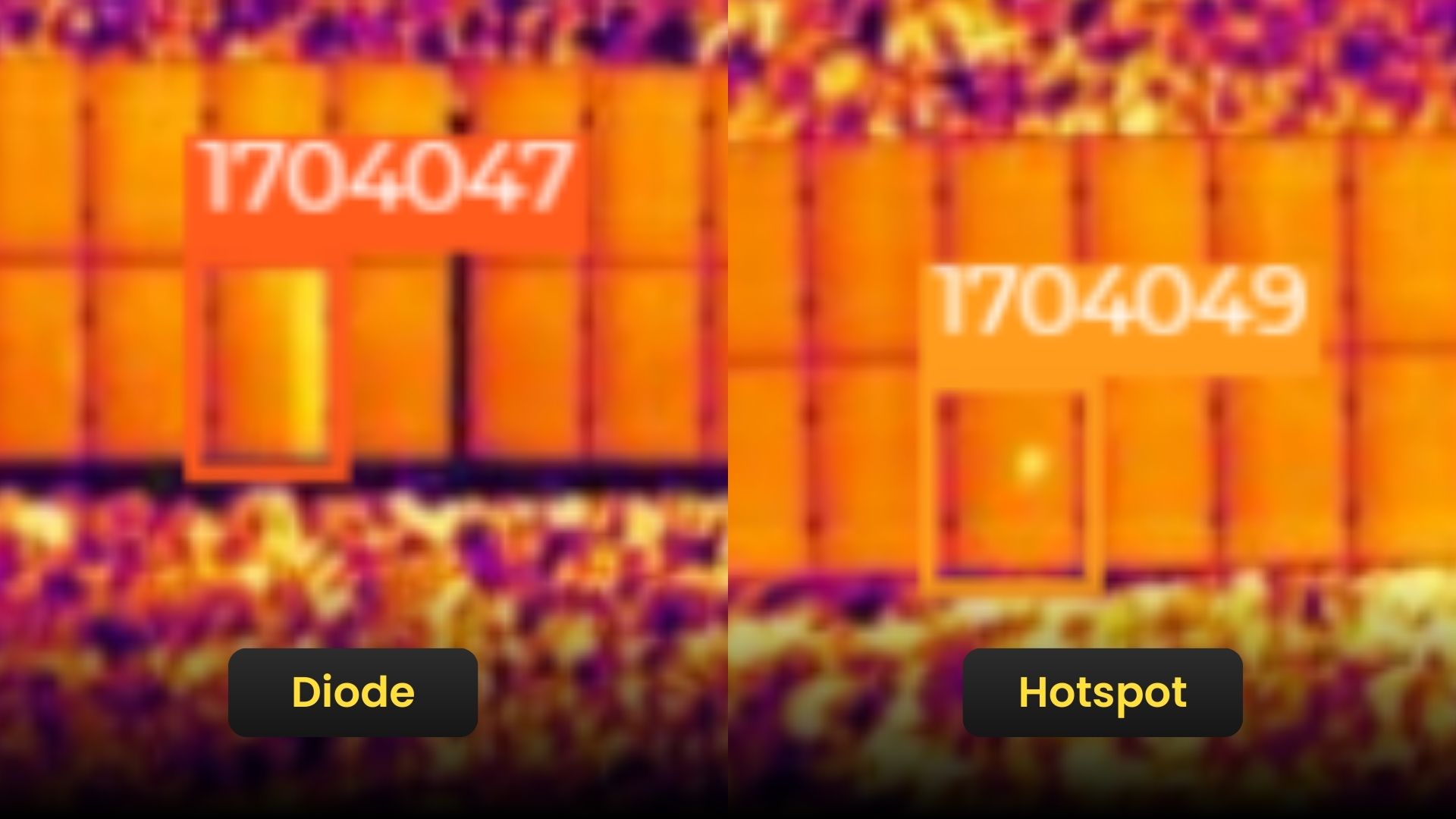
Figure 1 : Solar Panel Defects
By enabling early issue detection, drones support preventative maintenance, extending the lifespan of solar panels and ensuring consistent energy generation. Their ability to identify dust buildup also allows for more strategic and efficient cleaning operations, further improving performance.
Compared to traditional inspection methods, drones can scan vast solar farms in a fraction of the time, significantly lowering operational costs. The data collected can be analyzed using AI to predict maintenance needs, enhance energy output, and support data-driven decision-making.
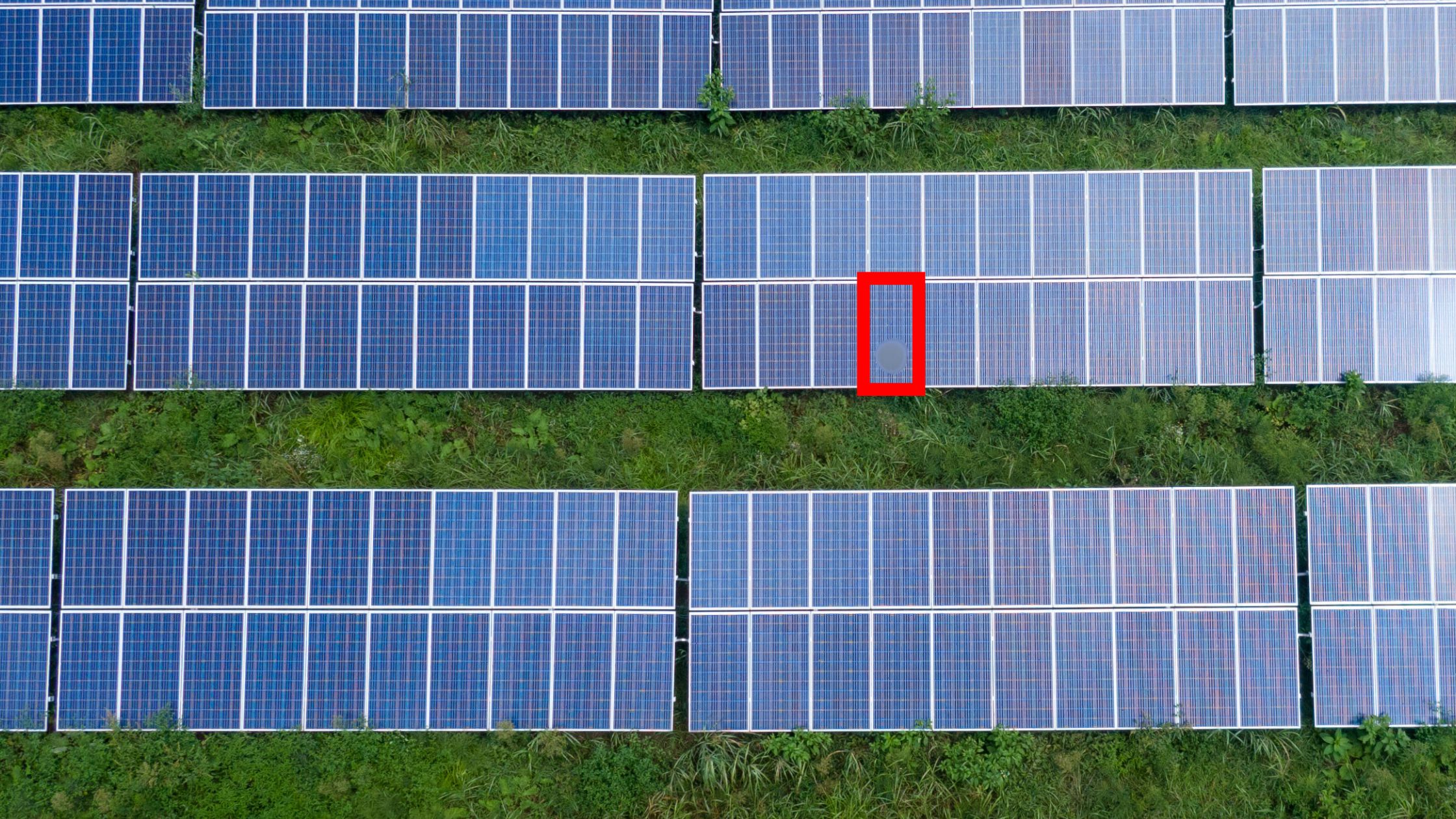
Figure 2: Large-Scale Drone Inspection
Additionally, drones offer an environmentally responsible alternative to conventional inspection vehicles. Operating on battery power, they contribute to lower emissions and help minimize site disturbances, aligning with the sustainability objectives of the solar industry.
Specialized drones equipped with thermal and visual sensors, night vision capabilities, and automated monitoring systems are streamlining solar plant inspections. These advanced technologies enable precise detection of inefficiencies, equipment malfunctions, and potential maintenance needs, ensuring that solar farms operate at peak performance.
One major challenge in managing large solar installations is ensuring efficient and consistent monitoring of vast landscapes. This complexity often leads to delayed detection of incidents, such as thefts or equipment issues. Indrones addressed this challenge by leveraging advanced drone technology to enhance security at a solar plant that had previously reported security breaches.
To identify unauthorized entry and exit points, Indrones deployed drones equipped with night vision payloads for continuous surveillance. These drones operated at strategic altitudes, remaining undetected while monitoring the site for several days. This approach enabled real-time tracking of suspicious movements without alerting potential intruders.
On one occasion when a thief was attempting to enter the premises, the drone successfully identified him. By approaching the intruder, the drone's presence startled him, effectively preventing the theft. This incident highlighted the effectiveness of drone surveillance in deterring criminal activities. Additionally, the insights gained allowed the client to secure vulnerable entry and exit points, enhancing overall site security.
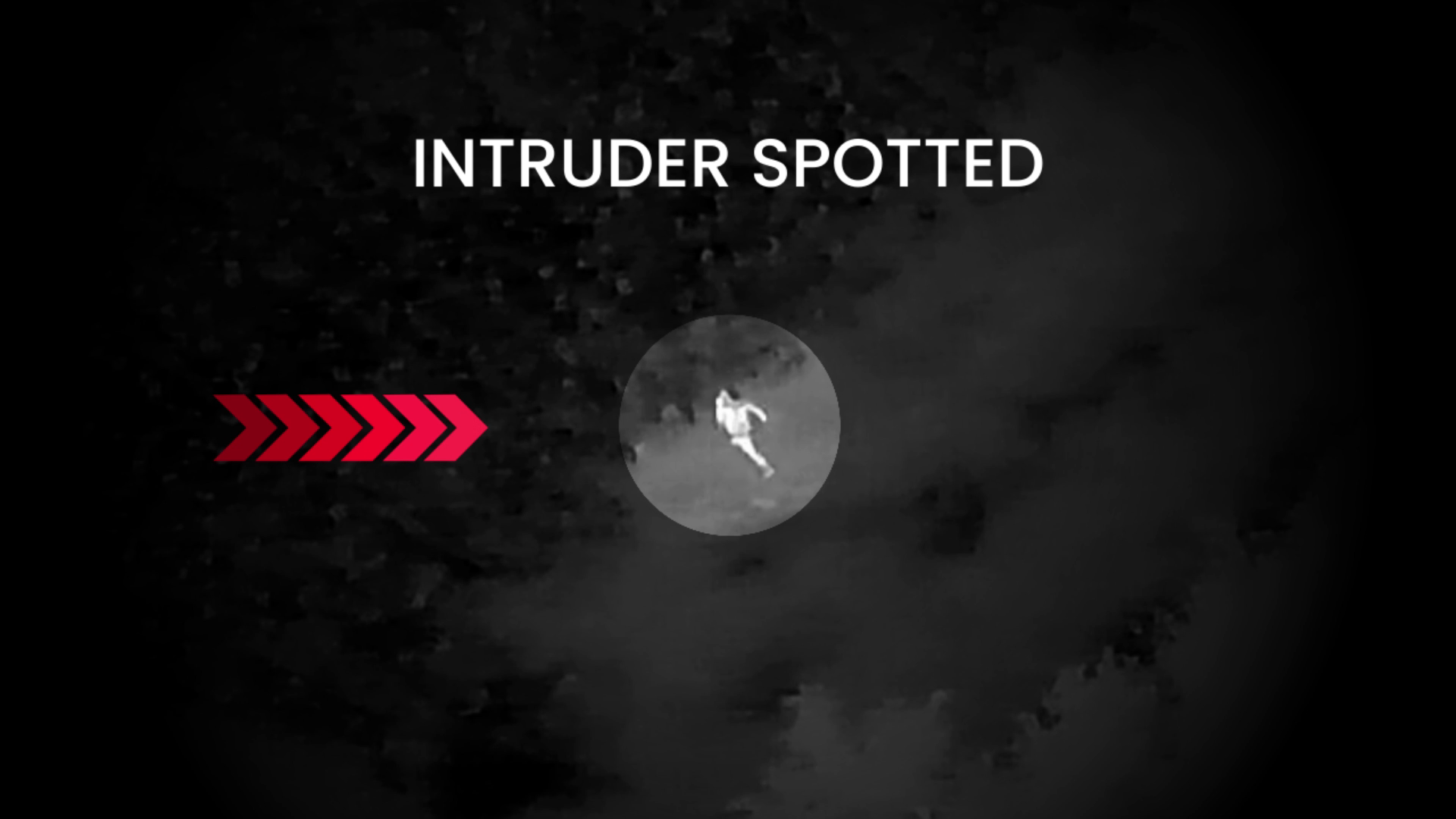
Figure 3 : Drone Surveillance in Solar Plant
Beyond security applications, Indrones also offers advanced inspection solutions for solar farms. Drones equipped with thermal imaging payloads enable rapid and accurate inspection of large-scale solar installations. This technology identifies faults and inefficiencies by detecting temperature variations in solar panels, which can indicate malfunctioning cells or connectivity issues.
Compared to conventional inspection methods, which are often time-consuming and labor-intensive, drone-based thermal inspections significantly reduce the time required for maintenance checks. This approach enhances operational efficiency and minimizes downtime, ensuring optimal energy production.
Indrones' use of advanced drone technology demonstrates how innovative solutions can effectively address security and maintenance challenges in solar energy operations. As the solar industry in India continues to expand, integrating such drone technologies will be crucial for maintaining high efficiency and safeguarding valuable assets.
The Future Powered by Drones
Drone technology is transforming the solar energy sector by enhancing efficiency at every stage—from strategic planning and site assessment to construction, maintenance, and security. By providing rapid, high-resolution data, drones streamline project timelines, optimize panel placement, and reduce labor costs, ultimately accelerating solar project design cycles
Moreover, drones ensure long-term performance through proactive maintenance and security surveillance, minimizing operational disruptions and safeguarding assets. As the industry continues to grow, integrating drones into solar energy operations is not just a technological advancement but a strategic move toward sustainable and optimized energy solutions. Feel free to reach out to us to learn more.
